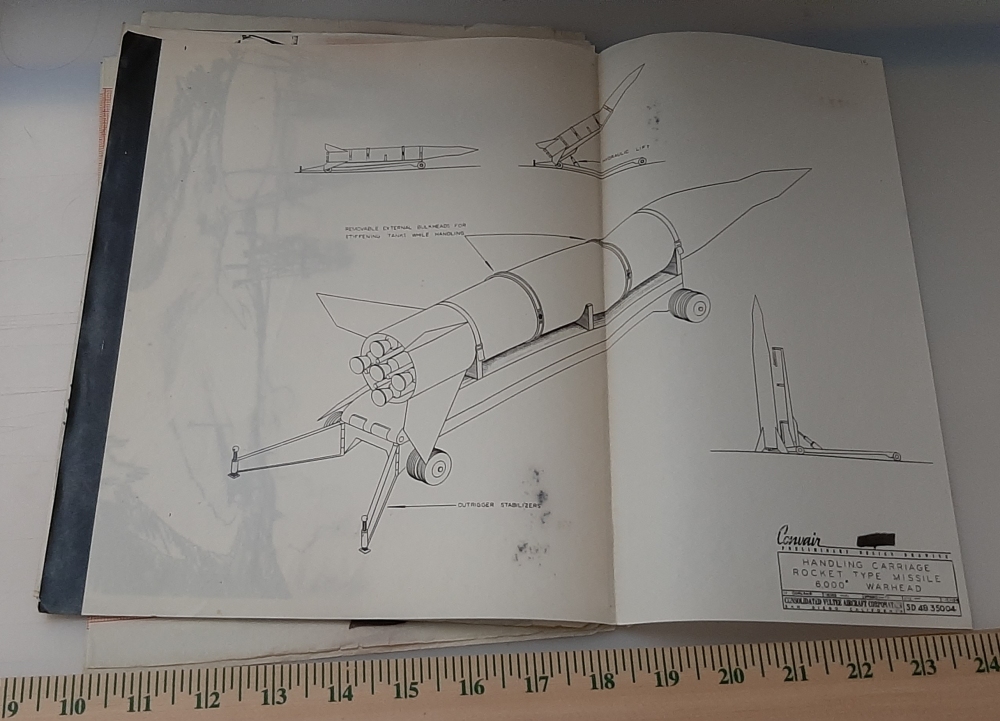First, good news from the world of medicine:
One woman (40) donated her womb to her sister (34) who was born with a malformed womb. So both women can have kids. This is good news. The first uterus transplant was in 2013 in Sweden, so this has been going on a while, if not widely.
But since we can’t have anything nice, here’s where this will go:
Weird enough that some people want to transplant wimminbits into biological dudes. But it gets weirder:

The curious thing is that the Venn Diagram of “people who support taxpayer funding it so guys can get pregnant” and “people who thing we should reduce the population if western nations” probably overlaps a *lot.*
Besides the basic insanity of using surgery to affirm delusions, there’s the issue of what it’s gonna do to the prospective offspring. At the least they’ll know that they’re the product of Mad Science; they will also be raised by someone claiming to be their mother, but who does not have the upbringing of a woman. *THEN* there’s the issue of… even if the womb works, what’s going to happen to the fetus? DudeMom won’t produce the same hormones a woman does. HShe’ll doubtless have to spend the term of the pregnancy constantly getting shot full of drugs and hormones in a desperate attempt to give the embryo a hope in hell of gestating correctly. And then, there’s the end: the new womb probably didn’t come with a new pelvis. The male pelvis does not have space for a proper birth canal. So any offspring resulting from this will, like French Bulldogs, likely have to be brought about via C-Section.
And then there’s this to consider: in the second article above, it’s suggested that it’ll be 10 to 20 years before transplanting wombs into males becomes a reality. But… in 10 to 20 years, chances seem decent that bespoke organs can be produced via 3D bio-printing, cloning, etc. Use the “mothers” own DNA to create a womb with “moms” own DNA.
And then there’s this: in 10 to 20 years, the United Kingdom will be a fundamentally different place. When the UK becomes London writ large, the culture will be upended. It seems a bit unlikely that these sort of surgeries will be performed in a Britain, any more than they’ll be performed in Uganda or Saudi Arabia.
















